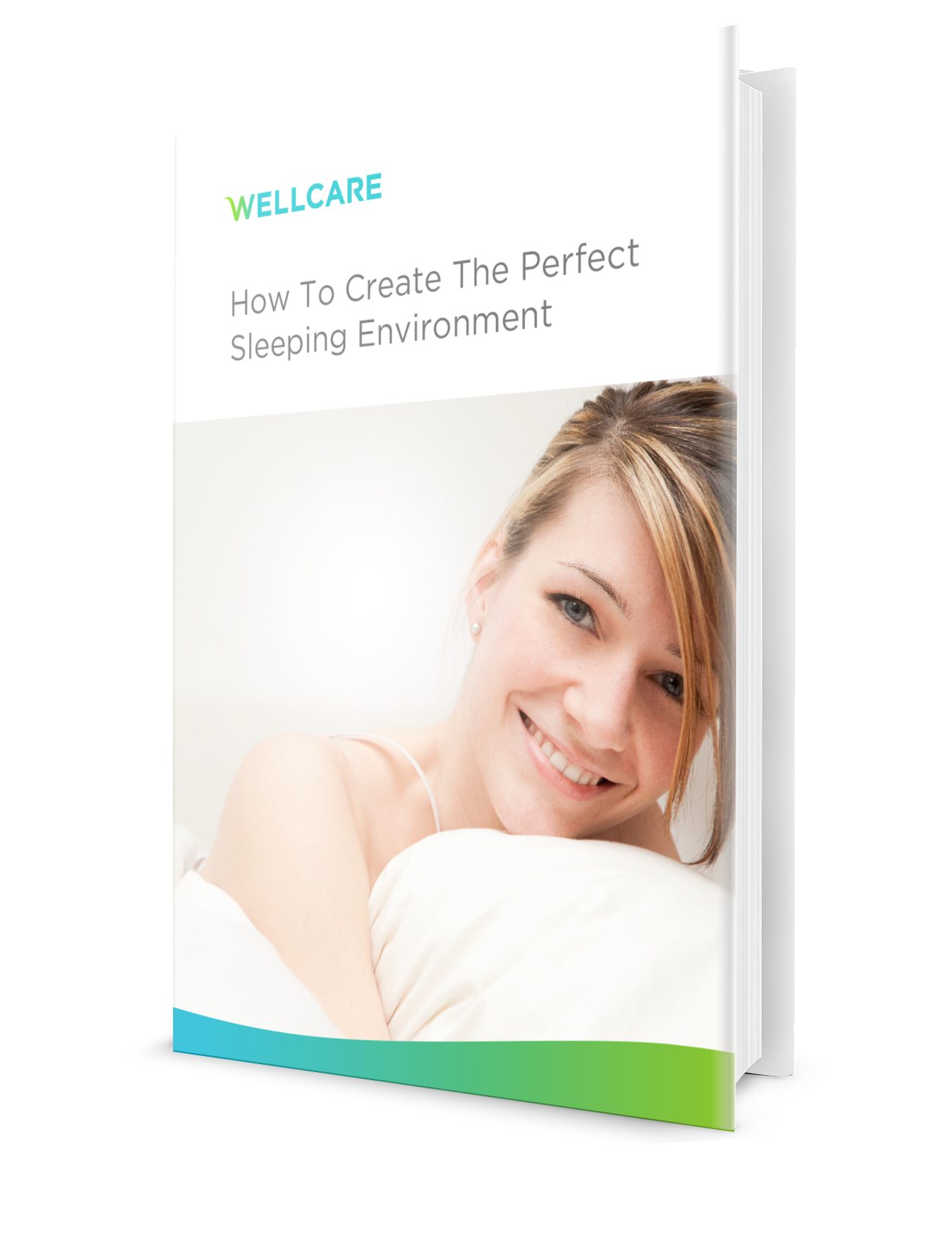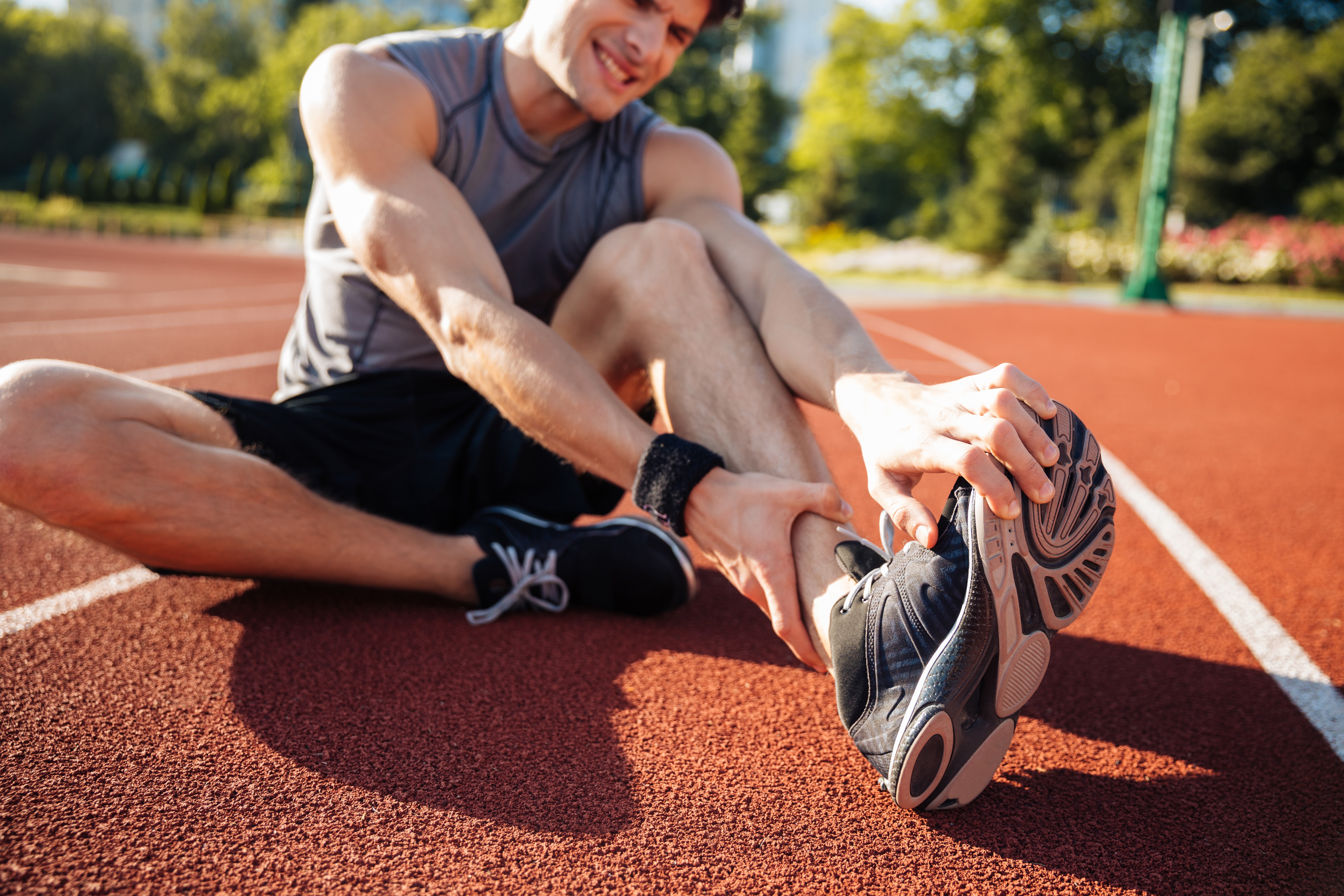
Treating Muscle Pain with heating pads
For most people these days, “a hard day’s work” is more likely to involve sitting at a desk rather than working in a field. Even workers who rarely leave their desk, however, may experience muscle pain after a long day at the office. Keystrokes and mouse clicks still involve movement—and these actions, among others, can stress and strain our muscles, leading to stiffness, soreness and pain.
In fact, sore thumbs, stiff necks, and aches everywhere from the shoulders to the lower back are so common that many people ignore them. While some occasional discomfort can be safely ignored, like the temporary soreness from looking sideways during a long meeting, people often gloss over aches that deserve attention.
After all, pain of any sort is the way the body signals that something is wrong. Even mild muscle pain, if chronic or recurring, could point to a significant problem. So when it comes to muscle pain, it’s always important to pay close attention.
Using electric heating pads is a great way to soothe your sore muscles. Using heating pad is not a way to cure your pain, and you should always consult a doctor if you are experiencing discomfort.
Although heating pads are not designed to cure pains, it does help you temperaurily relief your muscles. Applying heat pads to sore parts of your body can be very comfortable and is a good way to relax your sore body parts!
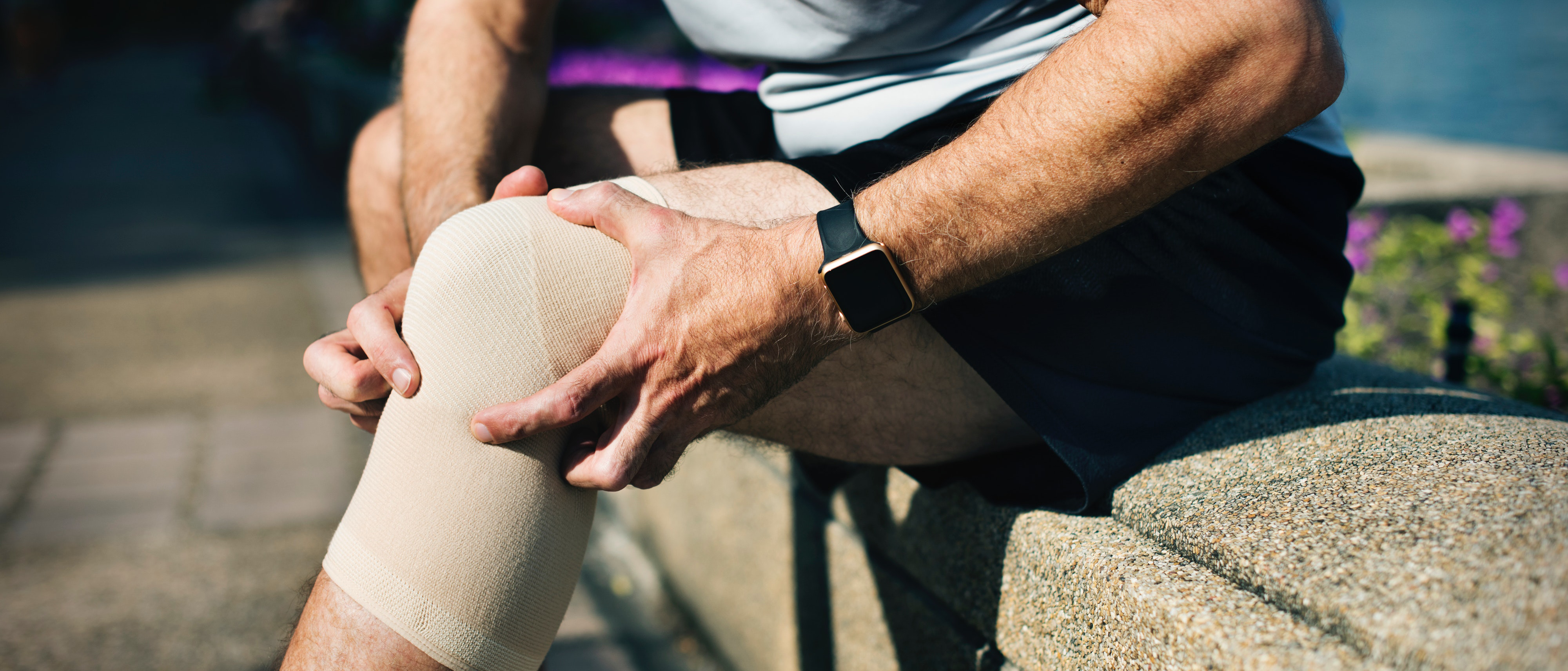
Myalgia is the medical term for muscle pain. It is often caused by overuse or overstretching of a certain muscle or muscle group. It may also be caused by injury to a muscle from physical activity. Myalgia is also often symptomatic of other problems and muscle pain that does not result from overexertion is typically a sign of viral infection.
Sprains and strains are the most common sources of myalgia. Both are types of injuries to the muscles, with varying degrees of severity.
Strains, also known as pulled or torn muscles, may affect muscles, tendons, or both at the same time. They are the result of improper use of or trauma to the affected area, for example, strenuous exertion or a strong impact to the area.
Mild strains involve discomfort or pain. Severe strains may involve intense pain, followed by loss of function of the affected muscle group, though it may at that point be painless. Mild and moderate strains may find relief using cold or heat therapy (see below), while severe strains need medical attention.
Sprains are also called torn ligaments, which sums up what happens when a muscle is sprained. They occur when a muscle is pushed beyond its normal range of motion. For this reason, sprains are generally the result of physical trauma. For example, a muscle could be pushed beyond its normal range of motion by a heavy impact or when forced to bear too much weight in the wrong way.
Minor sprains can be treated at home using a mix of cold therapy and isolated immobilization. More severe sprains require medical attention.
At other times, minor muscle pains and aches may be caused by a variety of factors: poor posture, prolonged but relatively light exertion,or even sudden changes in temperature. In these cases, the pain generally passes quickly. It will likely require no medical intervention, though some forms of therapy, easily done at home, can provide immediate relief.
Muscle pain is often attributed to strenuous activity, but even easy, repetitive motions can lead to it. Positioning is another important factor and seemingly simple motions, if done with improper posture, can strain the muscles. As such, if you find yourself experience any aches or pains in your muscles, it’s worthwhile to reexamine your daily routines—you may find the cause in movements or posture that would otherwise appear harmless.
These are some of the more common types of muscle pain and their main causes:
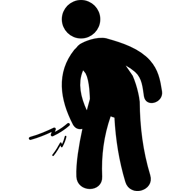
Read more: How to Prevent and Treat Calf Muscle Pain
There are a few occasions when pain isn’t symptomatic of larger problems. For instance, it might be the result of controlled vigorous activity, as in exercise or sports. Other times, it’s a temporary problem, such as when you hold a certain position for too long.
Prolonged, recurrent, or otherwise chronic pain, however, should be regarded as a serious problem. If pain lasts for longer than 72 hours or occurs over several days, it may be a sign of a persistent, more serious problem. This is also true if muscle pain is accompanied by the following symptoms:
In most cases, however, the causes of muscle pain can be remedied quite easily. If you do find yourself facing recurrent aches and pains, take some time to examine your daily routine or recent activities. Any physical activity you do repeatedly or protractedly, no matter how effortless, could strain your body; the same is true of your posture throughout the day. Once you’ve identified these sources of muscle pain, you can find solutions.
Here are some habits and routines you can adopt in order to reduce your risk of muscle pain or to address any pain you might already be experiencing:
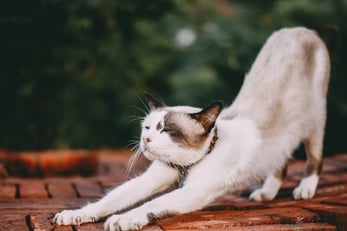
Wake your muscles up when you start your day. Raise your hands above your head and stand on the tips of your toes to prepare you for the day. Not only does this wake you up but it encourages blood circulation and muscle flexibility. Touch your toes to stretch your back and leg muscles.
Sometimes boredom can create habits that can be unhealthy for your joints and muscles. Sitting still in your office chair, staring at the same blank wall, and never getting any inspiration will affect your brain’s productivity and your body’s posture. From time to time, change up your workspace or go somewhere you’ve never been before and inspire yourself to action.
Whether you’re going to mall, to work, or staying at home, make sure you’re in clothes you’re comfortable wearing. Don’t wear anything too tight or uncomfortable that will restrict movement or proper breathing and buy quality clothes that will not cut off circulation to your legs or arms.
As much as exercise is important, make sure that your body is able to recuperate from a long, tiring day and will be able to rest before another day begins. According to the National Sleep Foundation, adults need seven to nine hours of sleep at night to promote the hormones necessary for tissue repair and a healthy appetite.

Staying hydrated lubricates your joints and tissues. Drink whenever you feel thirsty or hungry and eat fruits and vegetables that have a high water content.
Developing these habits will improve your muscle rejuvenation, sleeping pattern, and appetite. However, you may still experience muscle strain when you level up on your workout plan or do something unexpected for the day.
Muscle pain and its causes can be affected significantly by the blood circulating through the affected area. This, in turn, can be affected through controlled increases or reductions in heat in a target area: more heat stimulates blood flow; less heat inhibits it.
The use of heat to control blood flow takes the form of two kinds of therapy: cold or cryotherapy, which reduces heat; and heat therapy, which uses it to stimulate blood flow. Each technique is effective at treating certain kinds of muscle pain.
Cryotherapy or cold therapy reduces blood flow in a target area by using ice packs to sap the heat from it. Cold therapy is best used for muscle pain involving inflammation or bruising, as it can reduce swelling while dulling the pain.
Prolonged exposure to very cold materials can damage the skin, however, so it’s important not to put an ice pack in direct contact with your body. The trick is to wrap it in a thin towel or a container designed specifically for use in this way.
Note that if blood flow is reduced by too much and for too long, muscles in the affected area could begin to atrophy. Cold therapy is best used on bruises as well as minor and moderate sprains. Avoid using it on stiff muscles.
Heat therapy stimulates circulation through the targeted application of heat. It dilates blood vessels, relaxes tightened muscles, and can help eliminate lactic acid, which builds up during muscle exertion. As such, it’s best used for stiffness and soreness caused by overexertion or posture-related problems.
Unlike with cold therapy heat therapy can target either specific muscle groups or the whole body. There are two general ways it can be carried out: using a moist heat source or a dry heat source.
Moist heat therapy involves warm or hot water. This could mean submersion in hot or warm water or, alternatively, covering certain parts of the body with cloth soaked in hot water. The temperature should never be enough to damage the skin—for water submersion, this means between 33°C and 38°C.
Dry heat therapy covers techniques in which the skin is kept dry. It uses things like electric heating pads, hot water bottles, or chemical heat packs. When using dry heat therapy, you should take care not to damage the skin. To limit the heat your skin is exposed to, you can wrap the heat source in a thin cloth or other protective layer.
Heat therapy is useful for most forms of chronic muscle and joint pain. It should not be used for sprains or bruises, however, as it would worsen the condition of the injured area.
The general form of the heating pad—an object that could be used to provide warmth to targeted areas—has been around for centuries now. Early versions consisted of metal or rubber containers, which could be filled with heated contents, typically water or coals, which could then be used to provide localized heat.
The popular electric version, however, was invented in the early 1900s. Early heating pads were often placed under bed linens and helped people sleep at night, a function now fulfilled by electric underblankets. Meanwhile, another offshoot of heating pads grew smaller over time and shifted their focus to use in provide physical relief. These became heating pads as we know them today.
Heating pads as they are produced today are especially efficient for use in heat therapy. Many heating pads offer a variety of helpful features, such as adjustable thermostats and automatic shut-off functions, which make them easy to use. Furthermore, they’re available in a range of sizes, shapes, and materials that are suited for use in close contact with the body.
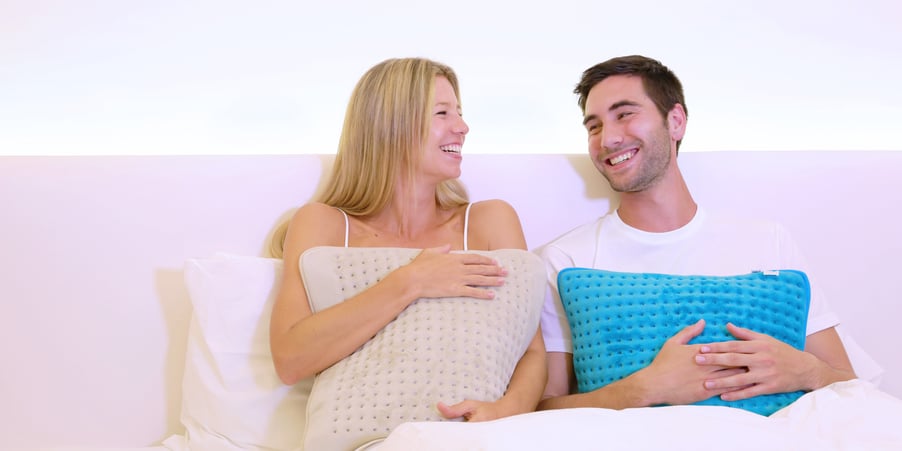
Furthermore, all heating pads offer the following benefits:
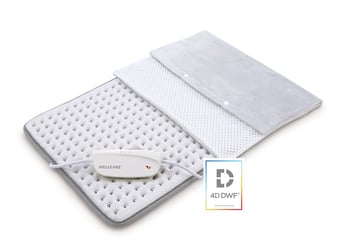 Not every heating pad will work as well in all situations. Determining what sort of heating pad to get depends on the sort of muscle pain you need it for, whether in the moment or in the foreseeable future.
Not every heating pad will work as well in all situations. Determining what sort of heating pad to get depends on the sort of muscle pain you need it for, whether in the moment or in the foreseeable future.
At the same time, it’s important to consider the overall quality and functionality of the heating pad you plan to get. Because it will most likely be in contact with your body, texture and breathability are important. And with all the options available on the market today, it’s best to get one with safety and quality of life features, temperature control and automatic shut-off.
Here are some questions you can use to narrow down your search:
What kind of pain will you use it on?
A pain felt from a recent workout will be very different from pain felt from a previous injury. While the latter demands a visit to the hospital, the pain after a strenuous exercise or activity can be easily remedied by a heating pad.
Moist heat or dry heat?
Steamed towels may take longer to penetrate the sore muscle but has a longer lasting effect on the body. These treatments will take longer and will require you to be in a comfortable position before moist heat materials are applied. You can take an hour or two off and go to a nearby spa and have a professional do the work for you, or you can do it yourself at home.
Dry heat methods work faster than moist methods but will not last as long. These are perfect for while you’re working or have to be in a sitting position and need fast results.
Where will you use it?
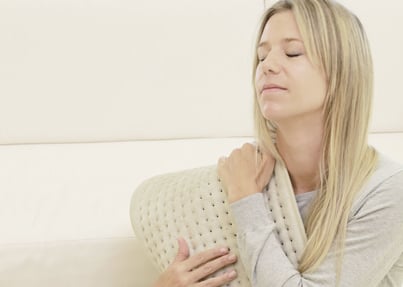 Which body part is ailing you? What sort of pain is it?
Which body part is ailing you? What sort of pain is it?
These questions can help you decide on the size and type of heating pad you should get. Small areas or extremities like your arms, legs, or knees would benefit from a small one. On the other hand, areas like your back, hips, or entire torso may need a larger one to provide immediate relief.
This can also help you decide whether it would be more convenient to get an electric heating pad or a disposable one. If you foresee a certain type of pain recurring, an electric one would be good in the long run. If, however, you’re buying for a strain that you don’t expect to return, a few disposable ones might be sufficient for you.
How does it feel on your skin?
You won’t always get the chance to sample products beforehand, but even if you can’t, try to find reviews about the heating pad’s texture. In a pinch, you can estimate how it would feel based on the fabrics listed in its materials.
Look out for breathability in addition to the surface texture. Breathability refers roughly to the ability for moisture or vapor to disperse through a fabric. Without it, you’ll end up with sweat gathering between your skin and the heating pad, which can be quite uncomfortable. Natural fabrics like cotton and linen breath better than synthetic ones like polyester and rayon.
Heated cushions, which include more padding than your usual heating pad, may also be better if you plan to rest a limb on the heating pad.
Check the package
Know what you have. Currently, there are two kinds of heating pads available in the market: electric and chemical.
Alternatives to these two are called heat packs that are filled with high specific-heat capacity materials. These include water for hot compress and wheat, barley, and flax seeds for microwaveable pack.
Heat the pad
Be careful to not heat up the pad too much. Though it does not happen often, there have been cases of people sustaining burns from heating up their electric pads too much or ignoring the instructions when using it. Burns become more apparent after the pad is used so users might now be aware while using the product.
Place it on the strained muscle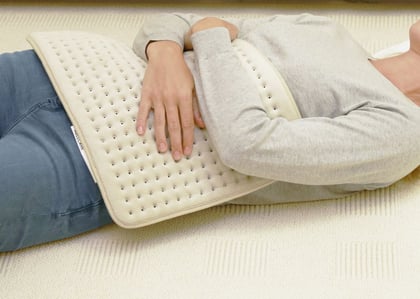
Once the pad is properly heated, place it directly on the source of pain and let it sit for 15-30 minutes. Be sure to place the pad where the pain radiates. Sometimes, neck pain is only a symptom for back pains so be sure to use a pad large enough that encompasses your back and neck or consult a physician for help.
Once 30 minutes are up, remove the pad from the affected area. Wait for an hour to pass (or until that part has returned to a normal temperature) and place the pad on your skin once again.
When placing the pad on a less sensitive part of your body, continue to follow the previous reminders even if the heat is not as felt on that body part. If, however, that part of your body is more sensitive, you may wrap a towel around the pad before placing it on your body.
Ointments or creams are recommended to be applied after applying the heating pad to avoid any unwanted chemical reactions, especially if you were to use a chemical heating pad.
Always inspect a heating pad before use to make sure there are no signs of damage. This holds true for all types and sizes of heating pads. Breaks in the surface or damage to the mechanisms could disrupt the regulation of heat, leading to injury.
Though some electric pads have safety features like auto-shut offs or a light signal, make sure to read the manual carefully before trying it out. Follow the recommended time to heat up the pad or microwave the pack, and be sure to keep a watchful eye any signs of damage, especially to the cords of electric heating pads.
If the pad is the type that stays plugged in the socket during use, be sure not to fall asleep with the pad still on your body as this can cause a burn.
If the pad is disposable, dispose of it properly so that the chemicals left on the pad will not contaminate other surfaces. Throw the water out of a hot compress or wash a pack if it can be placed in a washer. Electric pads should be placed in a dry and cool place and should be kept from younger children.

For Children and the Elderly
It’s generally recommended that children and the elderly avoid using heating pads, as their skin is more sensitive and prone to injury. However, in electric heating pads where the temperature can be set to milder levels, this risk can be mitigated.
Wellcare’s range of heating products, which includes heating pads, cushions, and mobile heating options, are built with an emphasis on comfort and safety. We understand that in moments of pain and discomfort, a feeling of genuine warmth—warmth that is physical and emotional—can be truly restorative.
Our heating pads are available in large and standard sizes, and are covered in cozy fleece that gives the best heat radiation. The heating pad has a 90-minute timer that will switch off, keeping your skin safe from burns and unnecessary pain. You may also adjust the temperature settings through the controller and give the pad a spin in the washer to keep it clean.
4DDWF
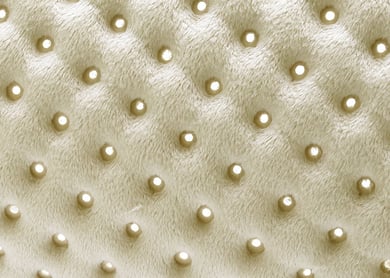 Wellcare recognizes the importance of air flow and employs concepts for heat to disperse evenly, thoroughly, and quickly. To achieve this, we introduced 4-Directional Dynamic Warmth Flow (4D DWF).
Wellcare recognizes the importance of air flow and employs concepts for heat to disperse evenly, thoroughly, and quickly. To achieve this, we introduced 4-Directional Dynamic Warmth Flow (4D DWF).
In a 4D DWF setup, heat is generated by the heating mechanism builds up and gathers around several hundred uniquely designed circular holes. Then, a gentle heat current flows through the holes bi-directionally and distributes the heat to every corner of the product to deliver warmth to your body evenly. With these uniquely designed holes, it is easy to create an exclusive bed climate for yourself.
Read more: What is revolutionary about 4D DWF Technology in Electric Blankets and Heating Pads?
Muscle pain becomes a part of our lives as we age and can be more prominent in some areas, depending on which part of our body we use most of the time. While there are habits that you can practice to promote a healthier lifestyle, a tiring day at work might still give you a sore back ache or neck pain.
To alleviate this, you may use a heating pad to help your tense muscles relax once you come home from work. This method not only helps your muscles heal but also gives you peace of mind. While there are many options to choose from, it is recommended that you choose a pad that fits your needs and your preferred size.
Make sure to follow the instructions also. Through this, you may use it regularly to your heart’s desire without any complaints or complications.
"How to create the perfect sleeping environment"
Not being able to sleep well has become a big problem for everyone in the world. Nowadays, we all experiencing much more mental stress and that is making us hard to relax.
Are you looking for ways to get a better night of sleep? Building a comfortable environment is crucial to falling asleep and rest well.
Would you like to sleep better and gain more energy the next day? If so, this "How to create the perfect sleeping environment" Ebook is perfect for you.
